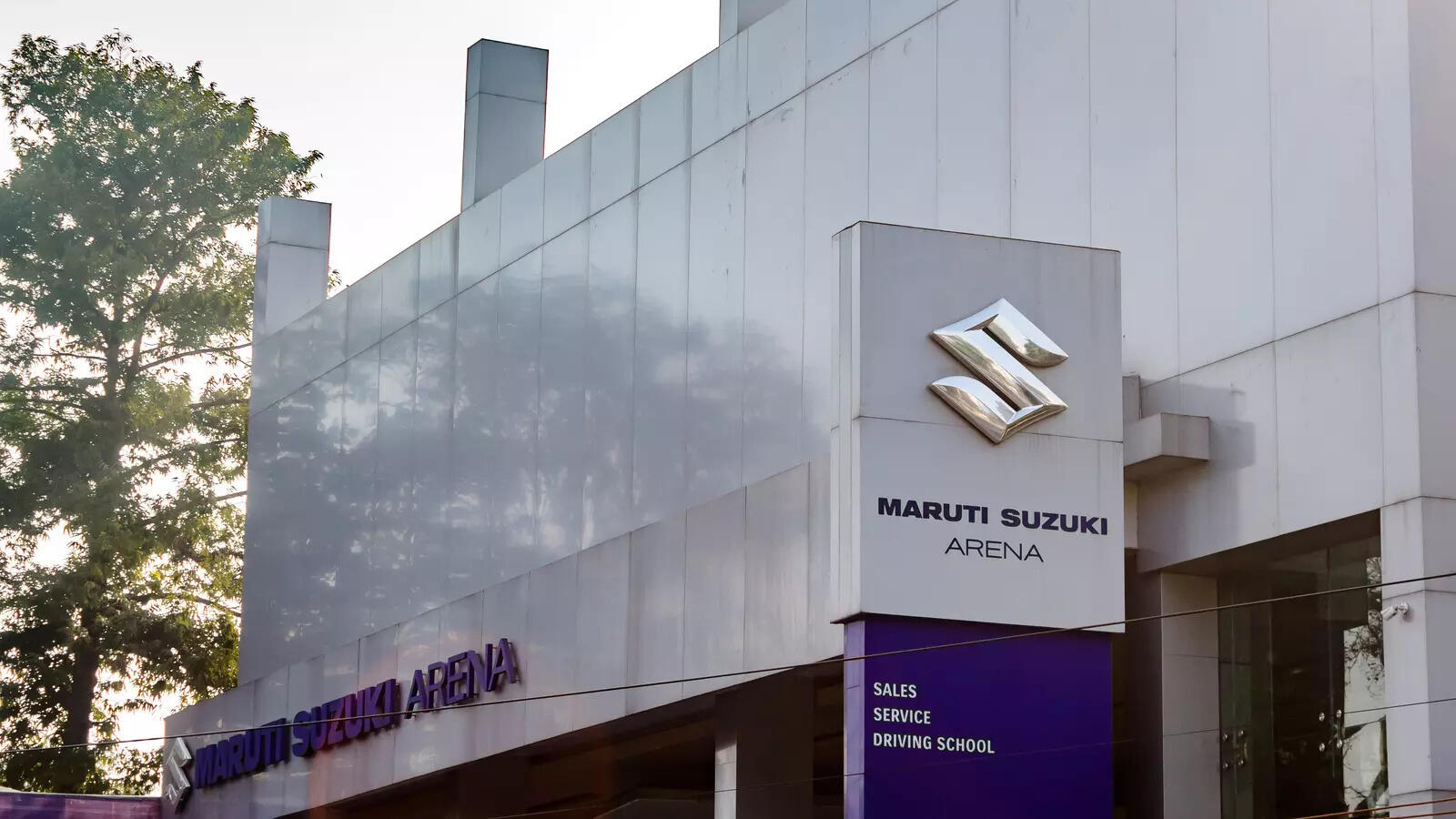In a heated industry debate, prominent manufacturers like Tata Motors and Mahindra & Mahindra are voicing their disapproval of Maruti Suzuki’s proposal for looser fuel efficiency standards for compact cars.

Tata Motors, Mahindra & Mahindra, JSW MG Motor India and Toyota Kirloskar Motor have come out against market leader Maruti Suzuki‘s proposal to ease fuel efficiency norms for small cars in the upcoming third edition of Corporate Average Fuel Efficiency (CAFE 3) standards.CAFE 3 regulatory norms aimed at reducing fuel consumption and vehicular emissions are set to come into effect from April 2027. The Ministry of Heavy Industries (MHI) has asked stakeholders to submit their views on enacting differentiated CAFE norms based on vehicle size post the last round of consultations held on June 17.Now, four major carmakers have written to industry body Society of Indian Automobile Manufacturers (Siam) opposing Maruti Suzuki’s call to ease fuel efficiency norms for small cars (weighing less than 1,000 kg) to stem a steep fall in sales of entry level cars in the last few years.The top carmaker argues that high prices due to stringent norms have made small cars unaffordable for entry-level buyers. Its rivals, however, attribute the decline in small car sales to a marked shift in consumer preferences.
Emailed queries sent to Tata Motors, M&M, JSW MG Motor and Toyota Kirloskar did not elicit any response till press time Wednesday.
“The legacy CAFE regulation penalises light-weight cars and allows higher weight cars to emit much more CO2, which is counter-intuitive,” said Rahul Bharti, senior executive officer, corporate affairs, Maruti Suzuki. “There are many models that have high absolute CO2 emissions but meet the CAFE target, while there are many models with lower absolute CO2 emissions that are unable to meet the target.”Small cars don’t have a separate standard under the existing CAFE 2 norms that are in force through March 2027. As per the existing rules, the average emissions of all passenger vehicles weighing less than 3,500 kg – including CNG, hybrids and electric vehicles – sold by each manufacturer should not be more than 113 grams of carbon dioxide per kilometre. This means that some models can have higher emissions if the manufacturer has fuel-efficient vehicles in its portfolio.A car’s CO2 emissions are directly proportional to the amount of fuel it consumes.
“Even large, developed nations with spacious roads and high per capita income,” including the US, China, Japan, Korea, and the EU, are protecting small cars under their CAFE regulations, Bharti said. “Given the congestion in India and the per capita incomes in India, our need to protect small cars should naturally be higher.” He said all car manufacturers will discuss this topic within SIAM. “I am sure the government and the industry will converge to a solution that is good for the country, society and industry,” the Maruti executive added.
Companies opposing the proposal to have differentiated norms for small cars under CAFE 3 cite derailment from the consensus on standards arrived at by the industry in December 2024. If implemented, it could disrupt business plans amid an increased consumer preference for bigger vehicles in the local market, they argued.
“Going back on that and pursuing a separate line of thought now is not acceptable,” a senior industry executive said on condition of anonymity. “There are choices available in the small car segment in the market today, but buyers want bigger vehicles with more technology and value proposition, not less.”
Another industry executive said, if at all, the government should ease norms for small electric cars and not smaller internal combustion engine (ICE) vehicles. “One should look to develop small EVs, not small ICE,” he said. “Small cars will still have emissions. If we really want to resolve the issue of vehicular pollution, we should promote zero emission ones.”
Sales of small cars (priced up to ‘5 lakh) in India have fallen 35% per year (at a compounded annual rate) between 2016-17 and 2024-25, industry data accessed by ET showed. Sales of vehicles priced ‘5-10 lakh, ’10-15 lakh and ’15-20 lakh increased by 4%, 20% and 29% CAGR, respectively, during this period.
Join the community of 2M+ industry professionals.
Subscribe to Newsletter to get latest insights & analysis in your inbox.
All about ETAuto industry right on your smartphone!
- Download the ETAuto App and get the Realtime updates and Save your favourite articles.




